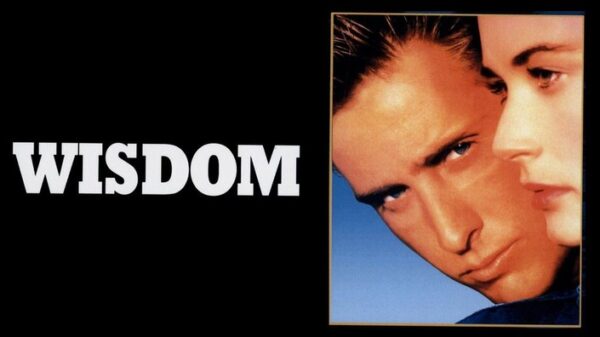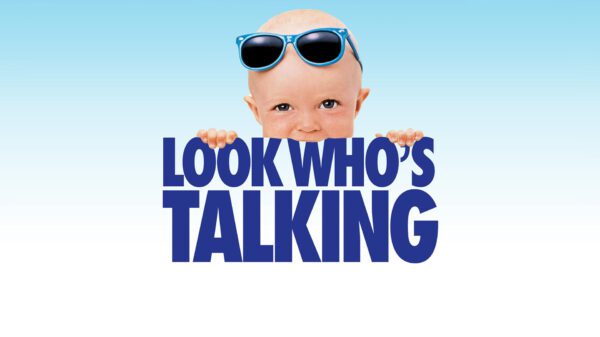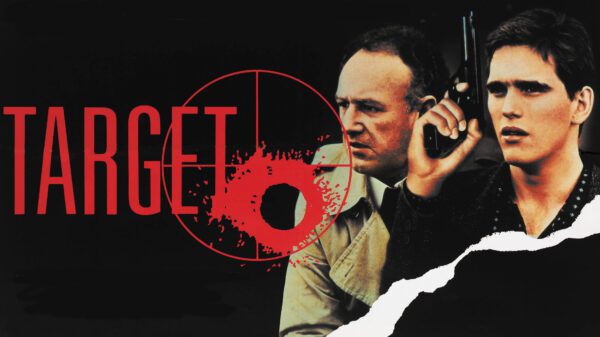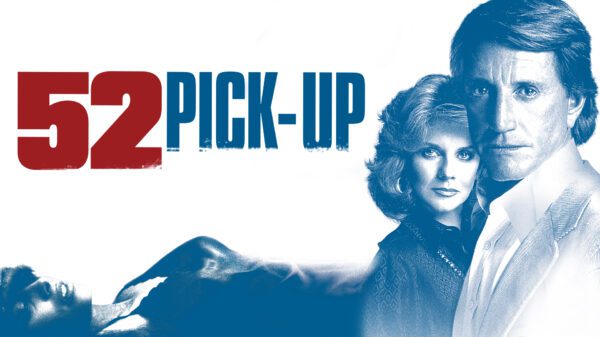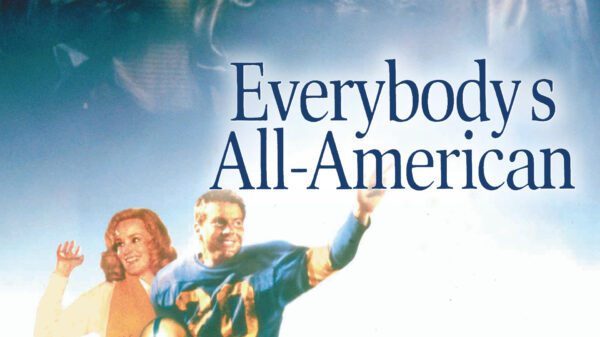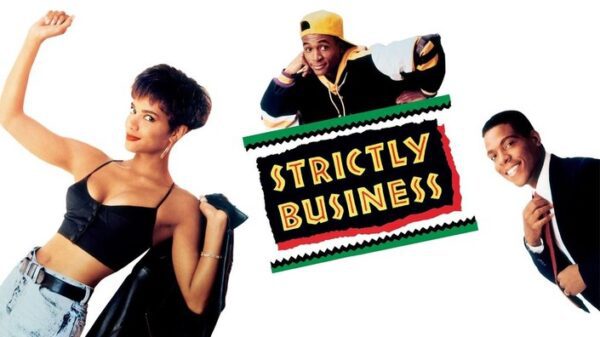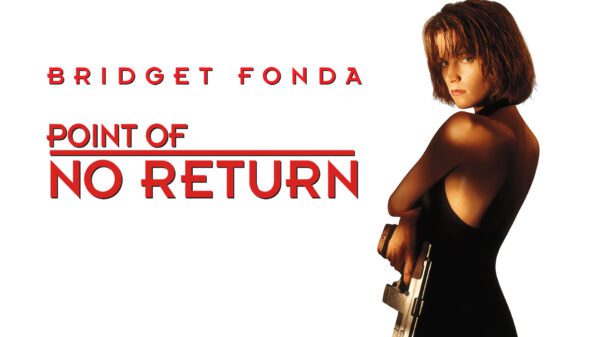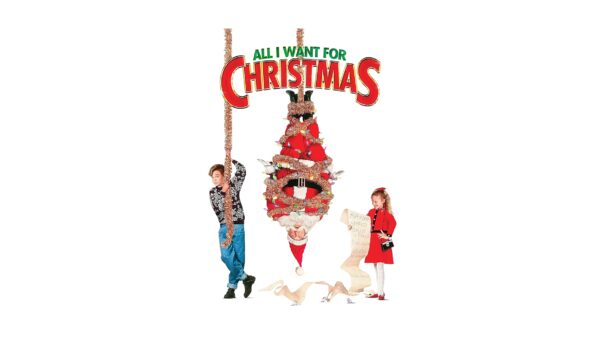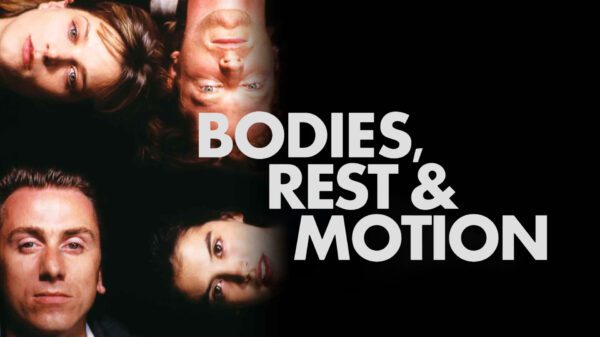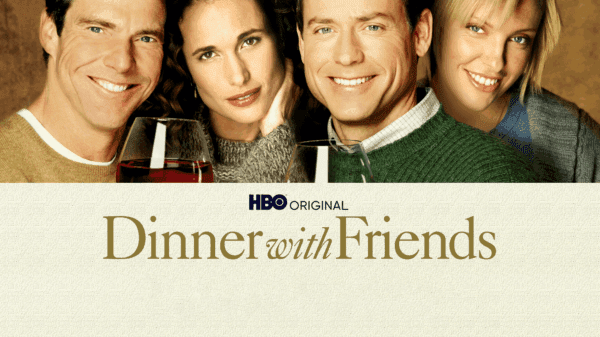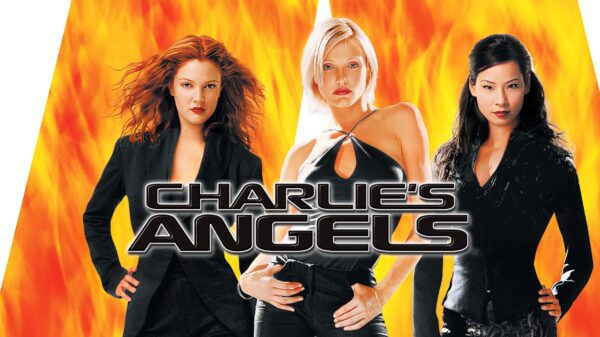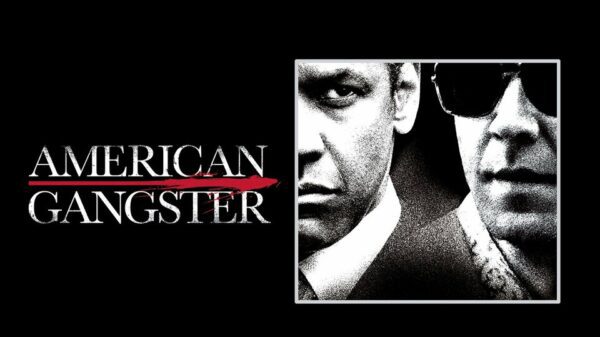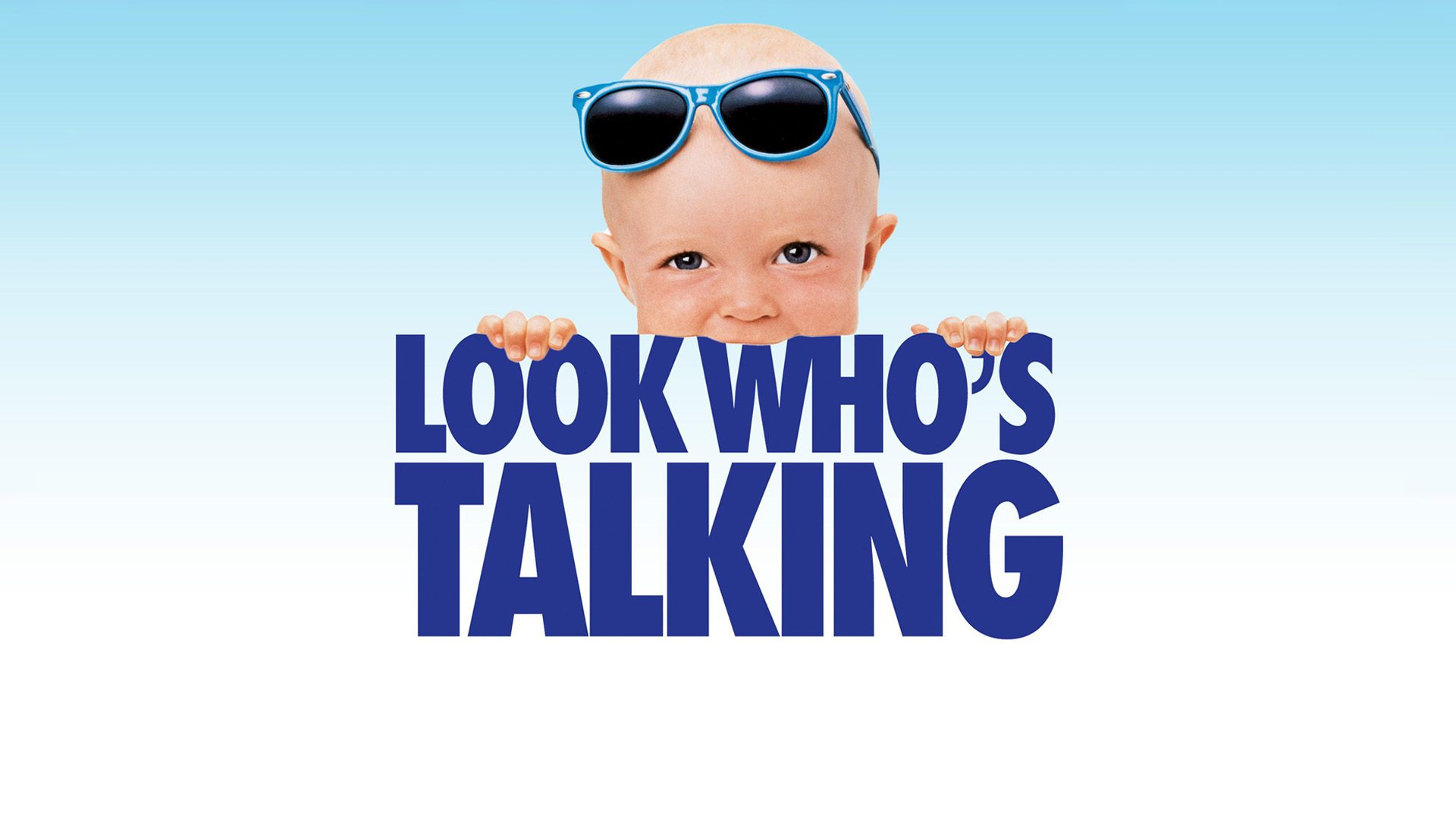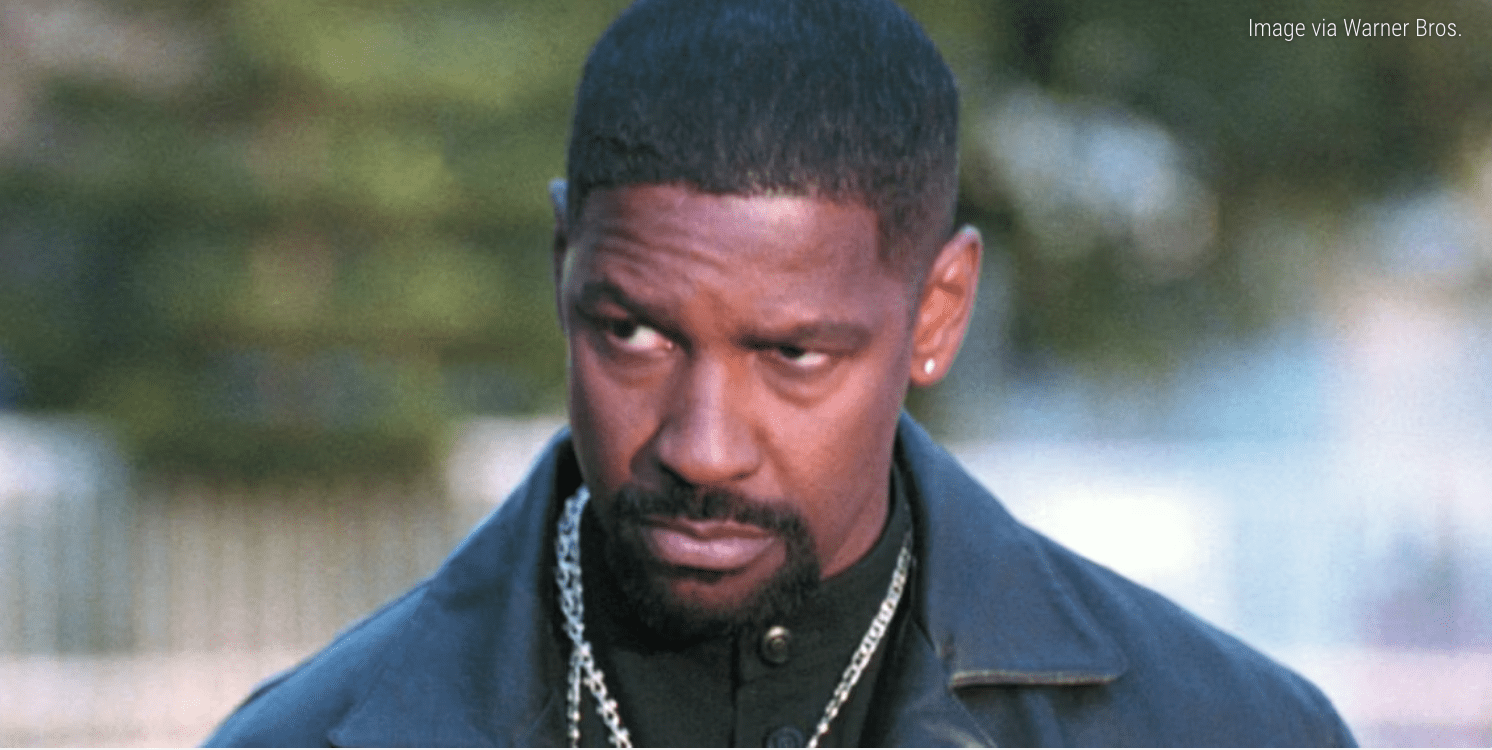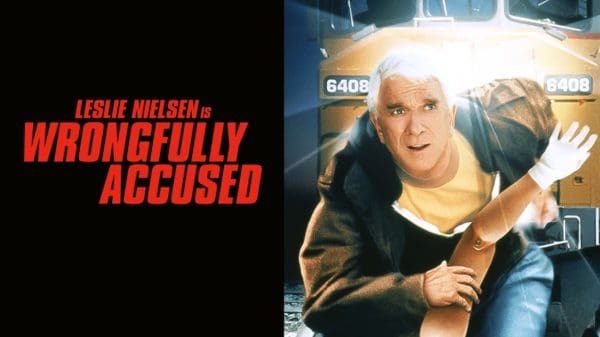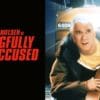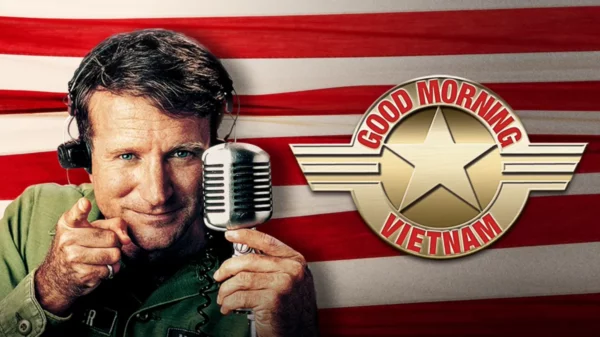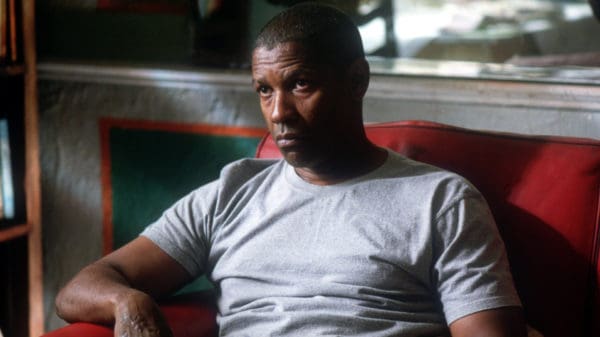Look Who’s Talking introduced a high-concept premise that proved to be a global box office smash. The film centers on Mollie Jensen (Kirstie Alley), an accountant who is left adrift after she becomes pregnant by a self-absorbed, married client, Albert (George Segal).
Mollie decides to raise her child, Mikey, as a single mother, but the audience is granted a unique perspective: we hear the baby’s inner monologue, voiced with hilarious, adult cynicism by Bruce Willis.
The plot kicks into motion when Mollie is rushed into labor and is helped by James Ubriacco (John Travolta), a kind-hearted cab driver who becomes an unexpected fixture in her life.
As Mollie navigates the treacherous waters of dating, looking for a suitable father figure, James frequently steps in, often crossing paths with Mollie’s disastrous dates.
The central comedy derives from the stark contrast between the adults’ messy, often desperate romantic endeavors and Mikey’s unseen, running commentary on their incompetence and affection for James.
Alley delivers a strong performance as the pragmatic Mollie, while Travolta brings an effortless, charming warmth to James.
The voice work by Willis is essential, injecting the film with its signature humor and surprising depth.
The supporting cast shines as well; Segal excels as the charmingly unreliable Albert, and the film benefits greatly from the presence of Olympia Dukakis as Mollie’s opinionated mother and Abe Vigoda as James’s hilariously grumpy grandfather.
Amy Heckerling (Fast Times at Ridgemont High, Clueless) directed the film.
The film was followed by its sequels Look Who’s Talking Too (1990) and Look Who’s Talking Now! (1993) and an ABC television series spin-off titled Baby Talk starring Tony Danza.
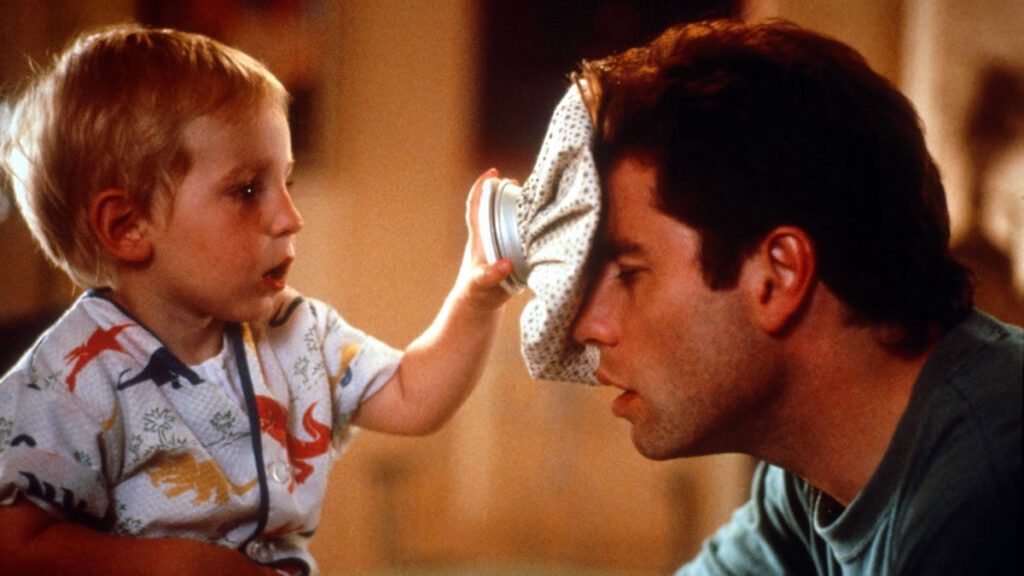
John Travolta in Look Who’s Talking (Photo/TriStar Pictures)
Reception for Look Who’s Talking
Look Who’s Talking grossed $12.1 million on its opening weekend, finishing No. 1 at the box office for Oct. 13-15, 1989.
The film remained No. 1 for its first five weeks en route to grossing $297.1 million worldwide.
Roger Ebert gave the film three out of four stars in his review.
Legacy
The legacy of Look Who’s Talking is rooted in its massive commercial success and establishing a wildly imaginative template for romantic comedies and successfully blended slapstick, genuine emotion, and a very funny, cynical voiceover to become a quintessential late-eighties staple.

